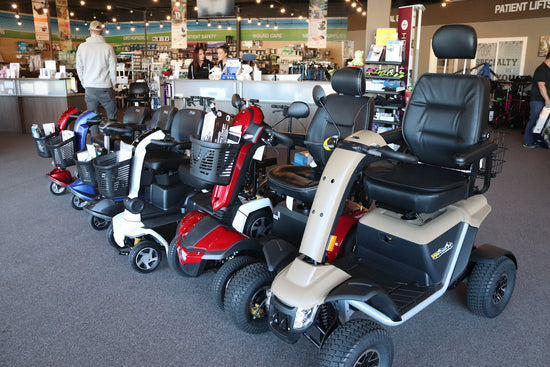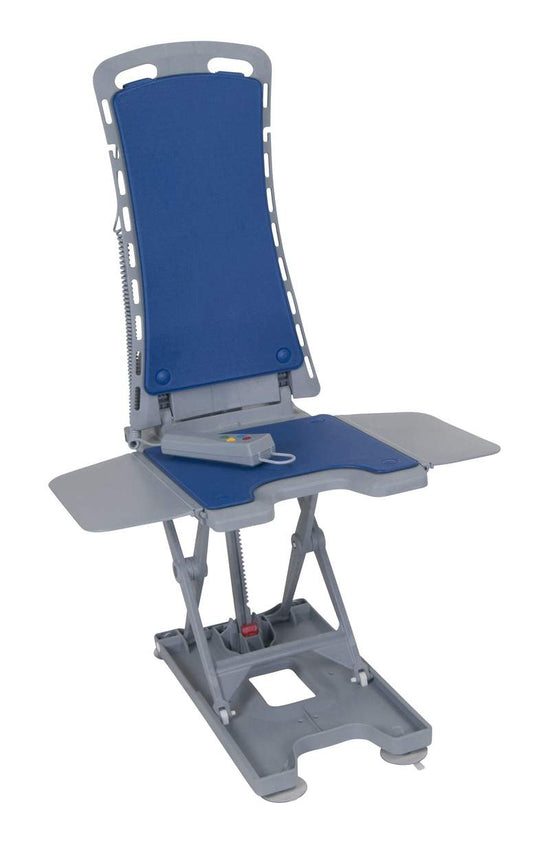Just as a caterpillar undergoes a transformation into a butterfly, individuals recovering from injuries or dealing with mobility issues often progress through various stages of assistive devices. Moving from the stability of a walker to the flexibility of a cane marks a significant milestone in one's journey towards independence and improved mobility.
This transition, while exciting, requires careful consideration and planning to ensure it is done safely and effectively. In the realm of rehabilitation and daily assistance, understanding the right techniques and precautions can make all the difference in fostering confidence and preventing potential setbacks. Let's delve into the essential steps and guidance for making this important switch, ensuring that individuals can continue to navigate their environments with ease and security.
Understanding the Right Time for Transition
Identifying the appropriate moment to transition from a walker to a cane is pivotal in ensuring a safe and effective shift in mobility assistance. This decision should be made with careful consideration of several critical factors:
- Stability and Balance: The individual should exhibit sufficient balance and stability while standing or walking with minimal support. A notable decrease in reliance on the walker indicates readiness.
- Strength Improvement: Significant improvements in leg and core strength are essential. These enhancements facilitate the ability to maintain posture and support weight with less assistance.
- Endurance Capacity: An increased capacity for walking longer distances without fatigue suggests that transitioning to a cane may be appropriate.
- Healthcare Professional Assessment: A thorough evaluation by a physical therapist or healthcare provider is crucial. They can assess overall mobility, strength, and balance levels, providing a professional recommendation on whether it's the right time to make the transition.
Remember, every individual's journey is unique, and transitioning too early can increase the risk of falls and injuries. Engaging in open communication with healthcare professionals and listening to one's body are key steps toward making a safe and successful transition.
Evaluating Your Mobility Needs
When considering the shift from a walker to a cane, thoroughly evaluating your mobility needs is a crucial step. This evaluation ensures the transition supports your lifestyle and daily activities safely and effectively. Here are key factors to consider:
- Daily Activities and Lifestyle: Reflect on your daily routine and the types of activities you engage in. Consider whether these activities require prolonged standing, walking over uneven surfaces, or navigating tight spaces. Understanding these needs helps determine the level of support required.
- Balance and Coordination: Assess your balance and coordination skills. Can you stand steadily on one foot? How well can you maneuver through complex movements? A cane offers less stability than a walker, making good balance and coordination essential for safe use.
- Strength Assessment: Evaluate your leg and upper body strength. Transitioning to a cane means relying more on your legs for support and using one arm to assist with balance and mobility. Ensure you have the necessary strength to handle this change without compromising safety.
- Consultation with Healthcare Professionals: Engage with your physical therapist or doctor to discuss your mobility assessment. They can provide valuable insights into whether a cane would meet your needs and suggest exercises to prepare for the transition.
Remember, the goal is to match your mobility aid to your current abilities and lifestyle demands, ensuring you maintain independence and reduce the risk of falls.
Choosing the Right Cane

Transitioning from a walker to a cane requires careful consideration to ensure safety and comfort. One of the most critical decisions in this process is choosing the right type of cane. Whether you opt for single canes, quad canes, or specialty canes, each has its unique features designed to meet different mobility needs. At Everything Medical, we offer a comprehensive range of all three types to cater to your specific requirements.
- Ideal for those who need minimal support: Single canes are perfect for individuals who require slight assistance with balance and stability.
- Lightweight and easy to maneuver: Their simplicity offers ease of use, especially in tight spaces.
- Variety of materials and designs: From traditional wooden to lightweight aluminum, single canes come in various styles to match your personal preference.
- Enhanced stability with four tips: Quad canes provide a broader base of support, making them an excellent choice for those with significant balance issues.
- Adjustable for left or right-hand use: They can be customized to suit your dominant hand, ensuring maximum comfort and effectiveness.
- Durable and reliable: The sturdy design offers long-lasting durability and reliability for everyday use.
- Customized solutions for unique needs: Specialty canes include folding canes for easy storage and travel, canes with seats for resting, and canes with built-in lights for visibility.
- Innovative features for added convenience: These canes are designed with the user's specific lifestyle and mobility challenges in mind.
At Everything Medical, we understand the importance of finding the perfect cane to support your transition from a walker. Our selection of single canes, quad canes, and specialty canes ensures that you'll find the right fit for your mobility needs. Visit our store or website today to explore our extensive range and take the next step towards enhanced independence and safety.
Preparation for the Transition
Preparing for the transition from a walker to a cane is an essential step in ensuring a smooth and safe shift in your mobility aid. Here are key preparation steps to consider:
- Consult with a Healthcare Professional: Before making any changes, speak with your doctor or a physical therapist. They can assess your readiness for the transition and provide personalized advice.
- Strengthening Exercises: Focus on exercises that strengthen your legs and core muscles. Improved strength is crucial for stability and balance when using a cane.
- Balance Training: Incorporate balance exercises into your routine. These could include standing on one foot, walking heel-to-toe, or using a balance board. Enhanced balance reduces the risk of falls.
- Practice with Supervision: Initially, use your cane under the supervision of a healthcare professional. They can correct your technique and ensure you’re using it safely.
- Adjust Your Environment: Make your living space more cane-friendly by removing tripping hazards, securing rugs, and ensuring there is adequate lighting.
- Choose the Right Cane: Select a cane that fits your height, weight, and grip strength. Whether you need single canes, quad canes, or specialty canes, ensure it's suited to your needs.
By taking these preparatory steps, you can confidently and safely transition from using a walker to relying on a cane for mobility support.
Techniques for Using a Cane
Mastering the proper techniques for using a cane is crucial to ensure safety and enhance mobility. Here are essential tips to keep in mind:
- Holding the Cane Correctly: The cane should be held in the hand opposite the weaker or injured leg. This arrangement provides better support and balance as you walk.
- Adjusting the Height: Ensure your cane is at the correct height. When standing upright, the top of the cane should reach the crease of your wrist. Your elbow should be slightly bent when you hold the cane.
- Walking Technique: When stepping forward with your weaker or injured leg, move the cane simultaneously. This provides support and stability for the weaker leg. Then, step through with the stronger leg.
- Stairs Navigation: When ascending stairs, lead with your stronger leg, followed by the weaker leg and the cane. Reverse the order when descending: cane first, then the weaker leg, and finally the stronger leg. Always use available handrails for extra support.
- Regular Inspection: Regularly check your cane for wear and tear, especially the rubber tip, to avoid slips and maintain proper grip.
By adhering to these techniques, you can maximize the effectiveness of your cane, ensuring a safe and comfortable transition from a walker.
Safety Tips When Transitioning to a Cane
As you make the transition from a walker to a cane, prioritizing safety can significantly enhance your mobility and confidence. Here are essential safety tips to help you navigate this change smoothly:
- Choose the Right Cane: Ensure that the cane you select is appropriate for your height, weight, and condition. A properly fitted cane helps maintain posture and balance.
- Correct Grip: Hold the cane in the hand opposite the weaker or injured leg. This technique provides optimal support and stability as you walk.
- Height Adjustment: The cane should be adjusted so that when you stand upright, the top of the cane aligns with the crease of your wrist. Your elbow should bend slightly when you hold the cane.
- Stair Safety: When ascending stairs, lead with your stronger leg, then bring your weaker leg and the cane. Reverse this order when descending. Always use handrails if available.
- Home Safety Modifications: Remove tripping hazards such as throw rugs and electrical cords. Ensure your living space is well-lit and pathways are clear.
- Regular Maintenance: Inspect your cane regularly, paying close attention to the rubber tip. Replace it if it shows signs of wear to prevent slipping.
For those looking for reliable Home Medical Equipment and Supplies in Redding, California, Everything Medical offers a wide selection of canes suited for various needs. Ensure your transition to a cane is safe and supported by choosing the right equipment from Everything Medical.




